MENU
(Aug. 23, 2016 - by Ralph Kurtenbach) A patchwork of dark blanketing neighborhoods of Ecuador’s capital of Quito after an earthquake, Jim Childs glances out his apartment window to see light at Radio Station HCJB where a powerful generator had kicked in as it should. He crosses the street anyway to check on things at the Christian media outlet.
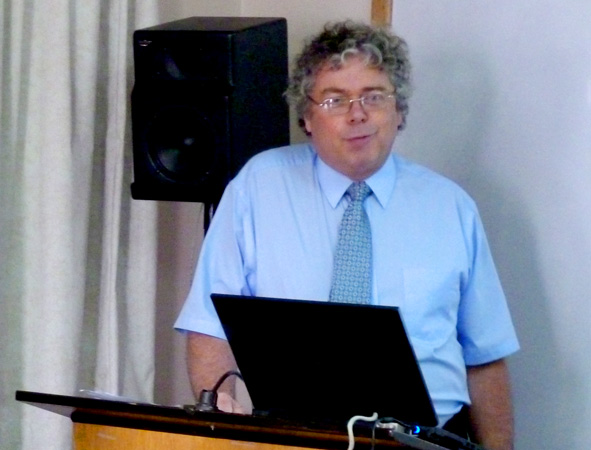 Of particular concern was an uninterruptable power supply (UPS) to keep program automation computers running as the batteries had been getting weak. “The generator takes 30 seconds to start,” said Childs, a longtime missionary engineer. “I wanted to be sure that we weren’t broadcasting dead air.”
Of particular concern was an uninterruptable power supply (UPS) to keep program automation computers running as the batteries had been getting weak. “The generator takes 30 seconds to start,” said Childs, a longtime missionary engineer. “I wanted to be sure that we weren’t broadcasting dead air.”
Programming was going out normally on local FM, shortwave and via the internet. (The AM frequency had shut down on schedule earlier that day.)
Ecuador’s Geophysics Institute rated the 11:23 p.m. Monday, Aug. 8, earthquake at 4.7 in magnitude on the Richter scale with a depth of 7.3 km (4.6 miles). Its epicenter was near Puembo, a Quito suburb near the city’s international airport.
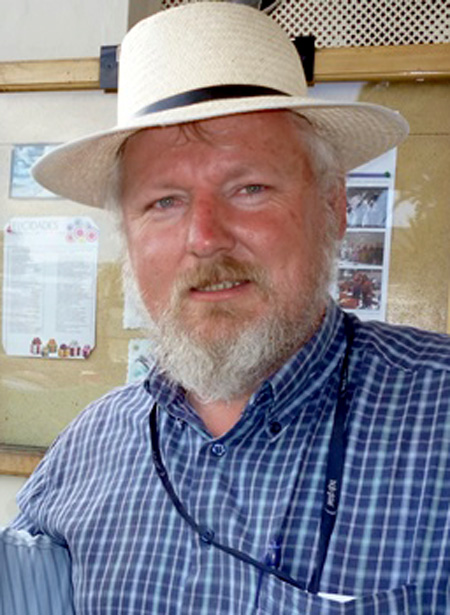 “We just had an earthquake that took us out of bed,” posted Hermann Schirmacher on Facebook. After a devastating April 16 earthquake months earlier on Ecuador’s coast, he spent two weeks in the quake zone, leading Reach Beyond medical teams.
“We just had an earthquake that took us out of bed,” posted Hermann Schirmacher on Facebook. After a devastating April 16 earthquake months earlier on Ecuador’s coast, he spent two weeks in the quake zone, leading Reach Beyond medical teams.
Just two floors above the apartment where Childs and his family live, Schirmacher wrote that “it was a feeling very different than the ones [quakes] that come from the coast.” The fault line running through Ecuador’s Andean corridor travels across the capital city, Quito, producing earthquakes when plates shift beneath the earth’s surface.
“This temblor is not related to the earthquake of April 16 that battered the coasts of Manabí and Esmeraldas provinces,” the newspaper El Comercio reported, adding that subsequent quakes and aftershocks “continue provoking alarm as ocean surface plates interact with continental plates.”
The Aug. 8 event was referred to by the Geophysics Institute as a “reverse fault quake,” similar to a 5.1 temblor in 2014 that was centered at Calderón, another Quito suburb. The most recent quake left no deaths and two injuries whereas two years earlier, two died.
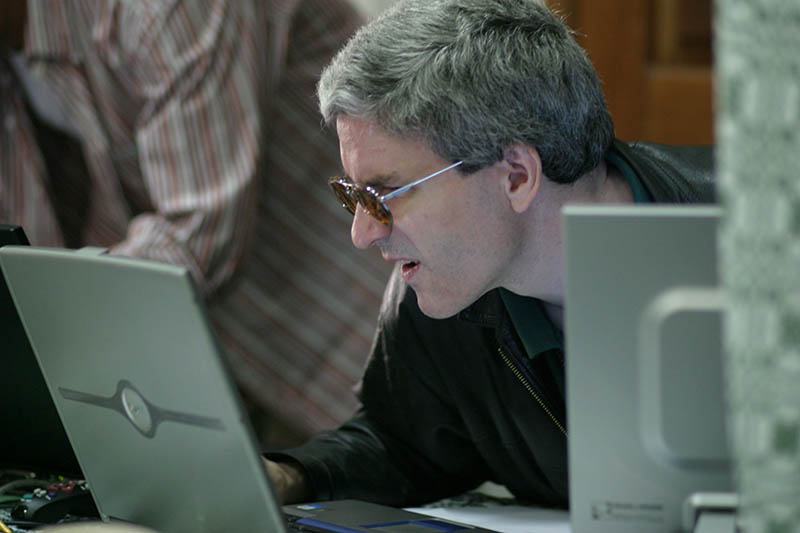 When his bedroom window shattered amid the shaking, the older son of Barry and Marlene Hamm shouted, “Earthquake!” Barry—cautious to avoid injury from glass shards—illuminated his work with a flashlight as he hung plastic in the window to make due for the rest of the night.
When his bedroom window shattered amid the shaking, the older son of Barry and Marlene Hamm shouted, “Earthquake!” Barry—cautious to avoid injury from glass shards—illuminated his work with a flashlight as he hung plastic in the window to make due for the rest of the night.
As Childs reviewed equipment in the station’s master control, his cell phone rang. The caller was Schirmacher who had noticed two open doors to the conference room in the Larson Center. No clue indicated whether the doors hadn’t been closed properly or if the quake had flung them open, and Childs recounted, “I shut them, turned off the light and went home.”
Near the quake’s epicenter northeast of Quito, surface plates on a bridge crossing the Chiche River moved 2 to 4 cm (0.75 to 1.5 inches) during the short earthquake, prompting municipal authorities to close it for inspections. “As soon as we discovered the displacements we stopped vehicle traffic,” said Quito Mayor Mauricio Rodas. “Our priority is citizen safety.”
Carlos García, a taxi driver who lives in nearby El Arenal, told the Ultimas Noticias newspaper, “I’m 40 years old and since I was 8 when construction began [on the Chiche bridge] I haven’t seen any comprehensive maintenance [on the bridge].”
The two-lane, steel-construction bridge served as the only Quito-convenient crossing point to Puembo, Pifo and other towns until a new highway and bridge were added nearby to facilitate traffic between the airport and the capital.
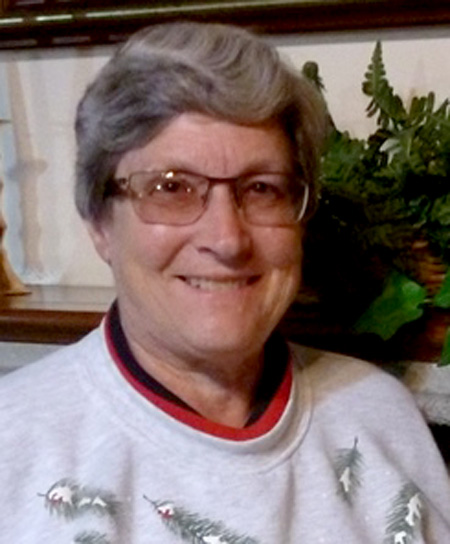 The city’s risk management director, Alejandro Terán, said inspections showed no adverse effects to the bridge and that its stability and capacity to handle thousands of vehicles daily was secure. Technical analysis of the structure was expected to continue for at least two more weeks.
The city’s risk management director, Alejandro Terán, said inspections showed no adverse effects to the bridge and that its stability and capacity to handle thousands of vehicles daily was secure. Technical analysis of the structure was expected to continue for at least two more weeks.
Four tunnels in Quito (Guayasamín, San Juan, San Roque and San Diego) were confirmed by technicians to be in good condition along with a multilevel traffic circle (Las Bañistas) and a viaduct (24 de Mayo.)
Decades ago, Quito’s historic district was named by UNESCO as a World Heritage Site. At least 15 churches and other structures in this area were damaged in the Aug. 8 earthquake. A high school, the Center of Arts and Offices and the Benjamín Carrión House also sustained damage.
With cell phone texting, expatriate staff members at Reach Beyond responded to inquiries about their safety—at least two not noticing the quake.
“We are fine in Chillanes,” said Martha Craymer of herself and her roommate, missionary Linda Arens, who live in Bolívar province. “Didn’t feel anything here in Guayaquil,” wrote Allen Graham from an adjacent province, Guayas.
In spite of the August 8 jolt and subsequent jitters, ceremonies commemorating Ecuador’s independence day took place as scheduled over the weekend. The first cries for independence from Spain were raised on Aug. 10, 1809, and the last battle was fought some 13 years afterwards.
Sources: Reach Beyond, El Comercio, Ultimas Noticias
First Person: What We Did on Our Summer Vacation
(July 10, 2016 - by Ralph Kurtenbach)
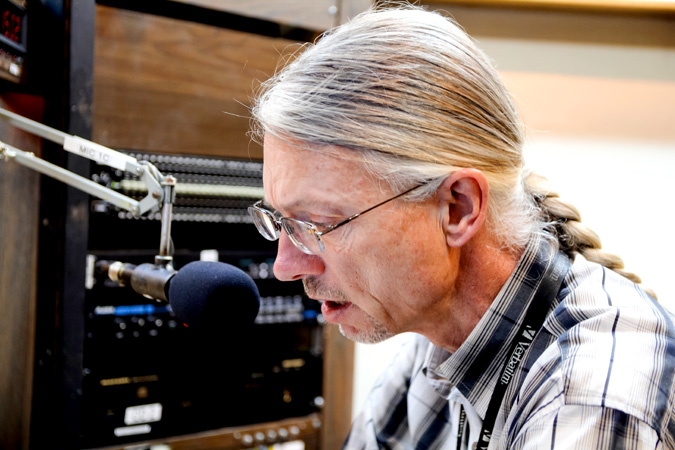 In the dark—electricity out—we crawled from the living room to a bedroom, glass breaking behind us. Toilet water sloshed as we passed the bathroom, my wife, Kathy, hanging onto my heel and directing me to a bedroom and under a bed.
In the dark—electricity out—we crawled from the living room to a bedroom, glass breaking behind us. Toilet water sloshed as we passed the bathroom, my wife, Kathy, hanging onto my heel and directing me to a bedroom and under a bed.
We squeezed under there and communicated (by phone, iPad) that we were OK, for now. Kathy was telling our kids in the U.S. that we were in Tonsupa in Ecuador’s province of Esmeraldas at a beachside condominium owned by friends. We were on the seventh floor.
Under that narrow space of the bunkbed, we prayed. Psalm 46 came to mind—even though the earth be removed and the mountains crumble and fall into the sea. I was wishing I knew more memorized Scripture to pray. (“Help!” is enough for God, but Scripture can help one’s mind and heart attain peace.)
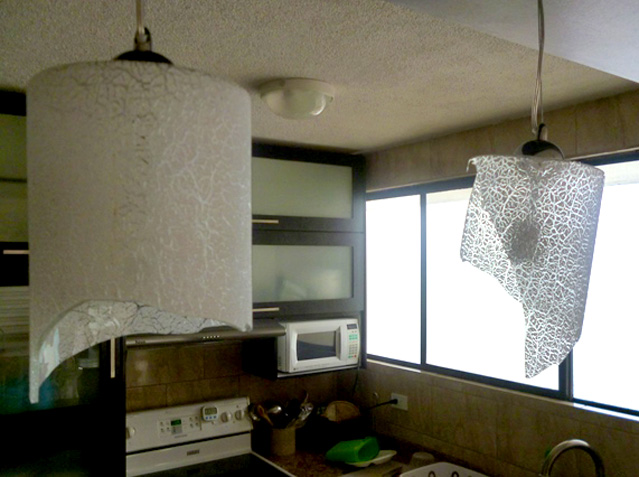 We waited. Would the building tumble down and we go up to heaven? Or would it fall only to find us under rubble hoping to have a dog sniff us and start barking for rescue workers to come?
We waited. Would the building tumble down and we go up to heaven? Or would it fall only to find us under rubble hoping to have a dog sniff us and start barking for rescue workers to come?
It did not fall. After a while, we joined others on the tennis courts. We were a safe distance away from buildings and power poles where we waited for 90 minutes.
We returned to the condo where hanging kitchen lamps had clanged together, breaking the glass. Otherwise the place was in pretty good shape. We went to bed and slept. We stayed another couple of days.
Ralph and Kathy Kurtenbach have served as Reach Beyond missionaries in Ecuador since mid-1992.
The 5.9- and 6.2-magnitude quakes of Sunday, July 10, in Ecuador’s coastal province of Esmeraldas left one person dead and 22 injured. In Pueblo Nuevo, a landslide caused 70-year-old Isasio Zamora—who was walking—to fall into a hole. There was also minor damage to area homes. Tourists left, and the Atacames beach adjacent to Tonsupa was practically abandoned.
Source: Reach Beyond
 Of particular concern was an uninterruptable power supply (UPS) to keep program automation computers running as the batteries had been getting weak. “The generator takes 30 seconds to start,” said Childs, a longtime missionary engineer. “I wanted to be sure that we weren’t broadcasting dead air.”
Of particular concern was an uninterruptable power supply (UPS) to keep program automation computers running as the batteries had been getting weak. “The generator takes 30 seconds to start,” said Childs, a longtime missionary engineer. “I wanted to be sure that we weren’t broadcasting dead air.”Programming was going out normally on local FM, shortwave and via the internet. (The AM frequency had shut down on schedule earlier that day.)
Ecuador’s Geophysics Institute rated the 11:23 p.m. Monday, Aug. 8, earthquake at 4.7 in magnitude on the Richter scale with a depth of 7.3 km (4.6 miles). Its epicenter was near Puembo, a Quito suburb near the city’s international airport.
 “We just had an earthquake that took us out of bed,” posted Hermann Schirmacher on Facebook. After a devastating April 16 earthquake months earlier on Ecuador’s coast, he spent two weeks in the quake zone, leading Reach Beyond medical teams.
“We just had an earthquake that took us out of bed,” posted Hermann Schirmacher on Facebook. After a devastating April 16 earthquake months earlier on Ecuador’s coast, he spent two weeks in the quake zone, leading Reach Beyond medical teams.Just two floors above the apartment where Childs and his family live, Schirmacher wrote that “it was a feeling very different than the ones [quakes] that come from the coast.” The fault line running through Ecuador’s Andean corridor travels across the capital city, Quito, producing earthquakes when plates shift beneath the earth’s surface.
“This temblor is not related to the earthquake of April 16 that battered the coasts of Manabí and Esmeraldas provinces,” the newspaper El Comercio reported, adding that subsequent quakes and aftershocks “continue provoking alarm as ocean surface plates interact with continental plates.”
The Aug. 8 event was referred to by the Geophysics Institute as a “reverse fault quake,” similar to a 5.1 temblor in 2014 that was centered at Calderón, another Quito suburb. The most recent quake left no deaths and two injuries whereas two years earlier, two died.
 When his bedroom window shattered amid the shaking, the older son of Barry and Marlene Hamm shouted, “Earthquake!” Barry—cautious to avoid injury from glass shards—illuminated his work with a flashlight as he hung plastic in the window to make due for the rest of the night.
When his bedroom window shattered amid the shaking, the older son of Barry and Marlene Hamm shouted, “Earthquake!” Barry—cautious to avoid injury from glass shards—illuminated his work with a flashlight as he hung plastic in the window to make due for the rest of the night.As Childs reviewed equipment in the station’s master control, his cell phone rang. The caller was Schirmacher who had noticed two open doors to the conference room in the Larson Center. No clue indicated whether the doors hadn’t been closed properly or if the quake had flung them open, and Childs recounted, “I shut them, turned off the light and went home.”
Near the quake’s epicenter northeast of Quito, surface plates on a bridge crossing the Chiche River moved 2 to 4 cm (0.75 to 1.5 inches) during the short earthquake, prompting municipal authorities to close it for inspections. “As soon as we discovered the displacements we stopped vehicle traffic,” said Quito Mayor Mauricio Rodas. “Our priority is citizen safety.”
Carlos García, a taxi driver who lives in nearby El Arenal, told the Ultimas Noticias newspaper, “I’m 40 years old and since I was 8 when construction began [on the Chiche bridge] I haven’t seen any comprehensive maintenance [on the bridge].”
The two-lane, steel-construction bridge served as the only Quito-convenient crossing point to Puembo, Pifo and other towns until a new highway and bridge were added nearby to facilitate traffic between the airport and the capital.
 The city’s risk management director, Alejandro Terán, said inspections showed no adverse effects to the bridge and that its stability and capacity to handle thousands of vehicles daily was secure. Technical analysis of the structure was expected to continue for at least two more weeks.
The city’s risk management director, Alejandro Terán, said inspections showed no adverse effects to the bridge and that its stability and capacity to handle thousands of vehicles daily was secure. Technical analysis of the structure was expected to continue for at least two more weeks.Four tunnels in Quito (Guayasamín, San Juan, San Roque and San Diego) were confirmed by technicians to be in good condition along with a multilevel traffic circle (Las Bañistas) and a viaduct (24 de Mayo.)
Decades ago, Quito’s historic district was named by UNESCO as a World Heritage Site. At least 15 churches and other structures in this area were damaged in the Aug. 8 earthquake. A high school, the Center of Arts and Offices and the Benjamín Carrión House also sustained damage.
With cell phone texting, expatriate staff members at Reach Beyond responded to inquiries about their safety—at least two not noticing the quake.
“We are fine in Chillanes,” said Martha Craymer of herself and her roommate, missionary Linda Arens, who live in Bolívar province. “Didn’t feel anything here in Guayaquil,” wrote Allen Graham from an adjacent province, Guayas.
In spite of the August 8 jolt and subsequent jitters, ceremonies commemorating Ecuador’s independence day took place as scheduled over the weekend. The first cries for independence from Spain were raised on Aug. 10, 1809, and the last battle was fought some 13 years afterwards.
Sources: Reach Beyond, El Comercio, Ultimas Noticias
First Person: What We Did on Our Summer Vacation
(July 10, 2016 - by Ralph Kurtenbach)
 In the dark—electricity out—we crawled from the living room to a bedroom, glass breaking behind us. Toilet water sloshed as we passed the bathroom, my wife, Kathy, hanging onto my heel and directing me to a bedroom and under a bed.
In the dark—electricity out—we crawled from the living room to a bedroom, glass breaking behind us. Toilet water sloshed as we passed the bathroom, my wife, Kathy, hanging onto my heel and directing me to a bedroom and under a bed.We squeezed under there and communicated (by phone, iPad) that we were OK, for now. Kathy was telling our kids in the U.S. that we were in Tonsupa in Ecuador’s province of Esmeraldas at a beachside condominium owned by friends. We were on the seventh floor.
Under that narrow space of the bunkbed, we prayed. Psalm 46 came to mind—even though the earth be removed and the mountains crumble and fall into the sea. I was wishing I knew more memorized Scripture to pray. (“Help!” is enough for God, but Scripture can help one’s mind and heart attain peace.)
 We waited. Would the building tumble down and we go up to heaven? Or would it fall only to find us under rubble hoping to have a dog sniff us and start barking for rescue workers to come?
We waited. Would the building tumble down and we go up to heaven? Or would it fall only to find us under rubble hoping to have a dog sniff us and start barking for rescue workers to come?It did not fall. After a while, we joined others on the tennis courts. We were a safe distance away from buildings and power poles where we waited for 90 minutes.
We returned to the condo where hanging kitchen lamps had clanged together, breaking the glass. Otherwise the place was in pretty good shape. We went to bed and slept. We stayed another couple of days.
Ralph and Kathy Kurtenbach have served as Reach Beyond missionaries in Ecuador since mid-1992.
The 5.9- and 6.2-magnitude quakes of Sunday, July 10, in Ecuador’s coastal province of Esmeraldas left one person dead and 22 injured. In Pueblo Nuevo, a landslide caused 70-year-old Isasio Zamora—who was walking—to fall into a hole. There was also minor damage to area homes. Tourists left, and the Atacames beach adjacent to Tonsupa was practically abandoned.
Source: Reach Beyond
